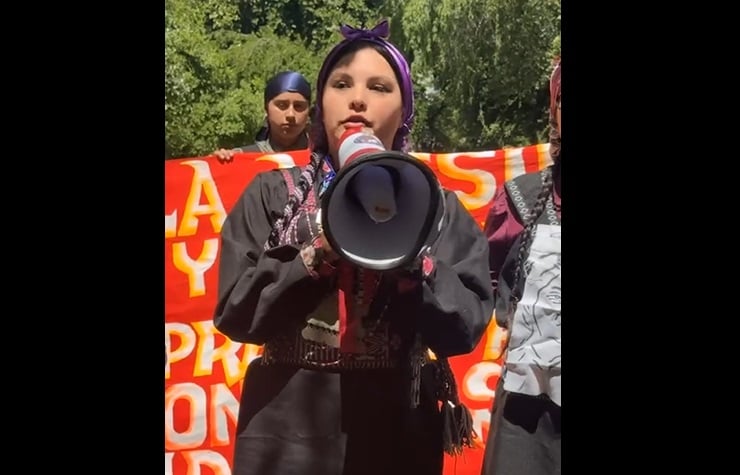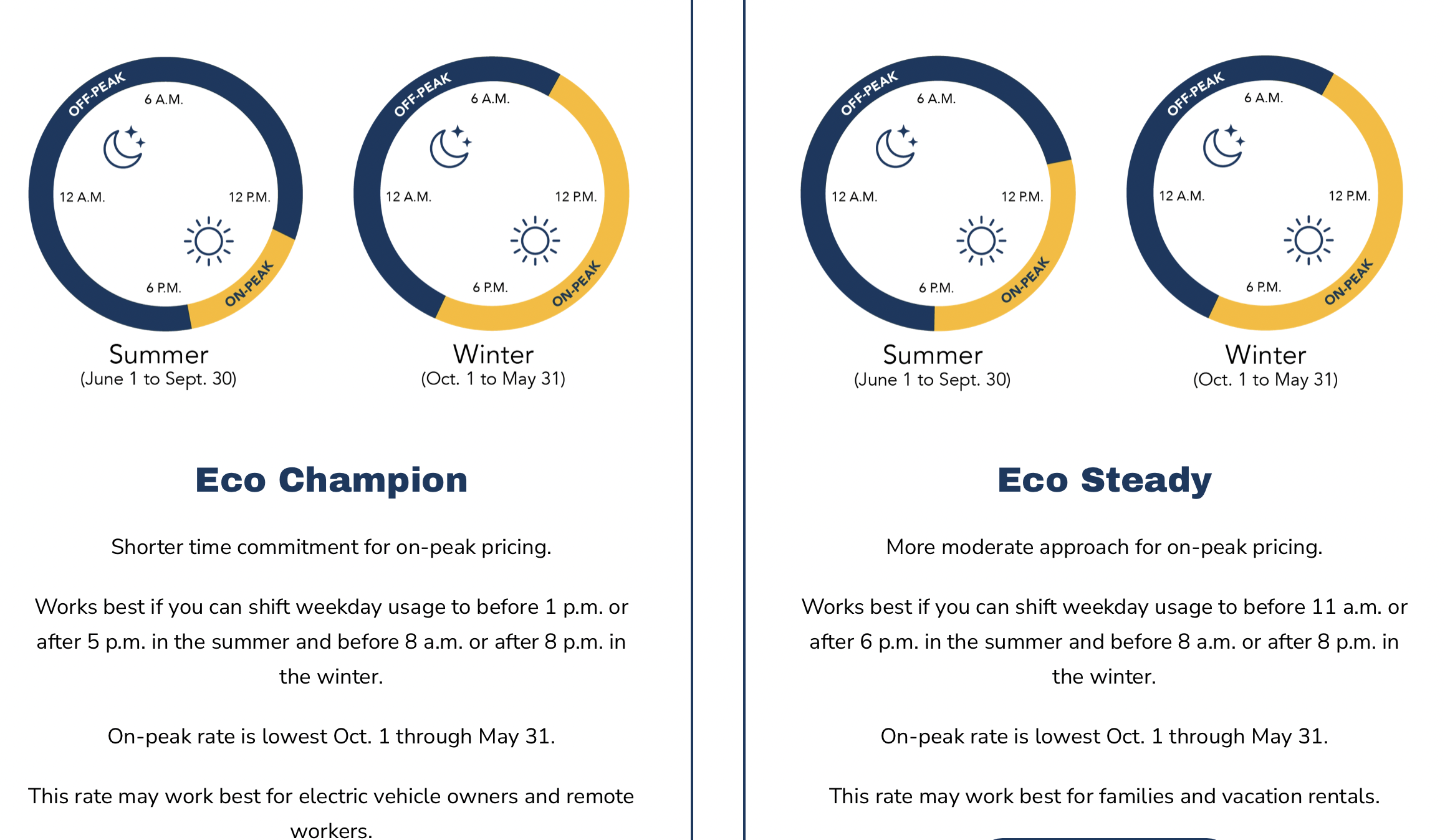Sunstone is now accepting city participants for the 2025-26 Sunstone Economic Development Challenge at USC Price – PublicCEO

Report on the 2025-26 Sunstone Economic Development Challenge at USC Price
Fostering Sustainable Economic Growth and Partnerships
Local governments are invited to participate in the fourth annual Sunstone Economic Development Challenge. This initiative is designed to provide innovative, hands-on support for developing strategies that directly contribute to the United Nations Sustainable Development Goals (SDGs), particularly those focused on economic resilience and community well-being.
Alignment with Sustainable Development Goals (SDGs)
The program is fundamentally structured to advance several key SDGs through a multi-stakeholder partnership model.
- SDG 8: Decent Work and Economic Growth: The primary objective is to equip cities with strategies to attract and retain small businesses, thereby driving local job creation and fostering entrepreneurship. This directly supports Target 8.3, which aims to promote policies for productive activities and decent job creation.
- SDG 11: Sustainable Cities and Communities: By developing actionable economic strategies, the Challenge helps municipalities build more resilient, inclusive, and sustainable local economies, contributing to Target 11.a by strengthening regional development planning.
- SDG 17: Partnerships for the Goals: The initiative exemplifies a powerful partnership between the public sector (participating cities), the private sector (Sunstone Management and Sunstone Cities), and academia (USC Sol Price School of Public Policy), as encouraged by Target 17.17.
- SDG 4: Quality Education: The program provides graduate students with invaluable real-world experience, enhancing their skills for future leadership roles in local government and aligning with Target 4.4 to increase relevant skills for employment.
Program Overview and Framework
Mission and Objectives
The Challenge is led by the USC City/County Management Fellowship (CMF) in partnership with Sunstone Cities and is supported by a $162,500 grant from the Sunstone Community Fund. Its core mission is to:
- Pair participating cities with graduate students from the USC Sol Price School of Public Policy.
- Develop customized, actionable economic development strategies tailored to each city’s unique needs.
- Bridge the gap between academic theory and practical application in public administration.
Program Timeline and Structure
- Commencement: September 2025
- Conclusion: April 2026, with final presentations and awards for student participants.
- Engagement Model: Graduate students work alongside municipal leaders throughout the academic year.
Benefits for Participating Cities
Municipalities that participate in the Challenge gain significant advantages in their pursuit of sustainable development.
- Strategic Capacity: Receive dedicated support in crafting innovative economic strategies without straining internal resources.
- Fresh Perspectives: Benefit from the “blue sky thinking” and new insights of emerging public policy professionals.
- Talent Development and Acquisition: Engage with and mentor the next generation of public sector leaders, creating a pipeline for future talent.
- Proven Success: Join a cohort of past participants that includes the cities of Irvine, Carson, Glendora, Santa Clarita, and Nevada City.
Call for Participation
Application and Information
Up to five city partners will be accepted for the 2025-26 program cycle. Local governments interested in leveraging this opportunity to advance their economic and sustainable development goals are encouraged to learn more.
Virtual Orientation Session
- Date: Friday, August 15
- Time: 12:00 to 12:30 PM PST
- Platform: Zoom
- Registration: To register for the session, please visit lu.ma/5ds2psye.
Contact for Inquiries
For further information on program participation, please contact:
- Name: Ryan Phong, Program Advisor
- Email: Ryan.Phong@SunstoneCities.com
1. Which SDGs are addressed or connected to the issues highlighted in the article?
SDG 4: Quality Education
- The article highlights the Sunstone Economic Development Challenge, a program that provides graduate students from the USC Sol Price School of Public Policy with “real-world experience in crafting economic development strategies.” This directly contributes to providing quality education and practical skills for future employment.
SDG 8: Decent Work and Economic Growth
- The core purpose of the program is to support local governments in “developing strategies to attract and retain small businesses and drive job creation.” This aligns with promoting sustained, inclusive, and sustainable economic growth, full and productive employment, and decent work for all.
SDG 11: Sustainable Cities and Communities
- The initiative focuses on helping cities develop “actionable economic development strategies and recommendations tailored to each city’s needs.” By strengthening local economies and helping “revitalize economies,” the program contributes to making cities and human settlements inclusive, safe, resilient, and sustainable.
SDG 17: Partnerships for the Goals
- The article explicitly states that the program “bridges the public, private, and academic sectors.” It describes a partnership between USC (academic), Sunstone Cities (private), and participating local governments (public), funded by the Sunstone Community Fund. This multi-stakeholder partnership is a clear example of SDG 17 in action.
2. What specific targets under those SDGs can be identified based on the article’s content?
-
SDG 4: Quality Education
- Target 4.4: “By 2030, substantially increase the number of youth and adults who have relevant skills, including technical and vocational skills, for employment, decent jobs and entrepreneurship.” The program directly addresses this by giving graduate students “hands-on support” and “real-world experience,” which are relevant skills for their future careers in local government. The article notes it is a “chance for talent acquisition once the students graduate.”
-
SDG 8: Decent Work and Economic Growth
- Target 8.3: “Promote development-oriented policies that support productive activities, decent job creation, entrepreneurship, creativity and innovation, and encourage the formalization and growth of micro-, small- and medium-sized enterprises…” The program’s goal to help cities “attract and retain small businesses,” “drive job creation,” and foster “new business formation” directly aligns with this target.
-
SDG 11: Sustainable Cities and Communities
- Target 11.a: “Support positive economic, social and environmental links between urban, peri-urban and rural areas by strengthening national and regional development planning.” The challenge strengthens local development planning by pairing cities with graduate students to create “actionable economic development strategies” tailored to their specific needs, thereby improving their economic vitality.
-
SDG 17: Partnerships for the Goals
- Target 17.17: “Encourage and promote effective public, public-private and civil society partnerships, building on the experience and resourcing strategies of partnerships.” The article describes the program as a partnership that “bridges the public, private, and academic sectors,” involving USC, Sunstone Cities, and local governments, which perfectly embodies this target.
3. Are there any indicators mentioned or implied in the article that can be used to measure progress towards the identified targets?
-
For SDG 4 (Target 4.4)
- Number of students participating: The program provides real-world experience to graduate students. The number of students engaged in the challenge is a direct measure of its educational reach.
- Employment rate of participants: The article mentions “talent acquisition.” Tracking the number of student participants who secure jobs in local government or related fields after graduation would be an indicator of the program’s success in providing relevant skills for employment.
-
For SDG 8 (Target 8.3)
- Number of new businesses formed: The article states a goal is to unlock “new business formation.” Measuring the number of new small businesses in participating cities would be a key indicator.
- Number of jobs created: A primary objective is to “drive job creation.” The change in employment figures within the participating cities can be used to measure progress.
-
For SDG 11 (Target 11.a)
- Number of cities with developed economic strategies: The program will “accept up to five city partners” to develop “actionable economic development strategies.” The number of cities that successfully create and adopt these strategies is a direct indicator of progress.
-
For SDG 17 (Target 17.17)
- Number of participating partners: The article mentions the involvement of USC, Sunstone Cities, the Sunstone Community Fund, and “up to five city partners.” The number and diversity of entities involved serve as an indicator of the multi-stakeholder partnership’s scale.
4. Table of SDGs, Targets, and Indicators
| SDGs | Targets | Indicators |
|---|---|---|
| SDG 4: Quality Education | 4.4: Increase the number of youth and adults with relevant skills for employment. |
|
| SDG 8: Decent Work and Economic Growth | 8.3: Promote policies for job creation and support for small businesses. |
|
| SDG 11: Sustainable Cities and Communities | 11.a: Strengthen national and regional development planning. |
|
| SDG 17: Partnerships for the Goals | 17.17: Encourage effective public, public-private, and civil society partnerships. |
|
Source: publicceo.com
What is Your Reaction?
 Like
0
Like
0
 Dislike
0
Dislike
0
 Love
0
Love
0
 Funny
0
Funny
0
 Angry
0
Angry
0
 Sad
0
Sad
0
 Wow
0
Wow
0












































































